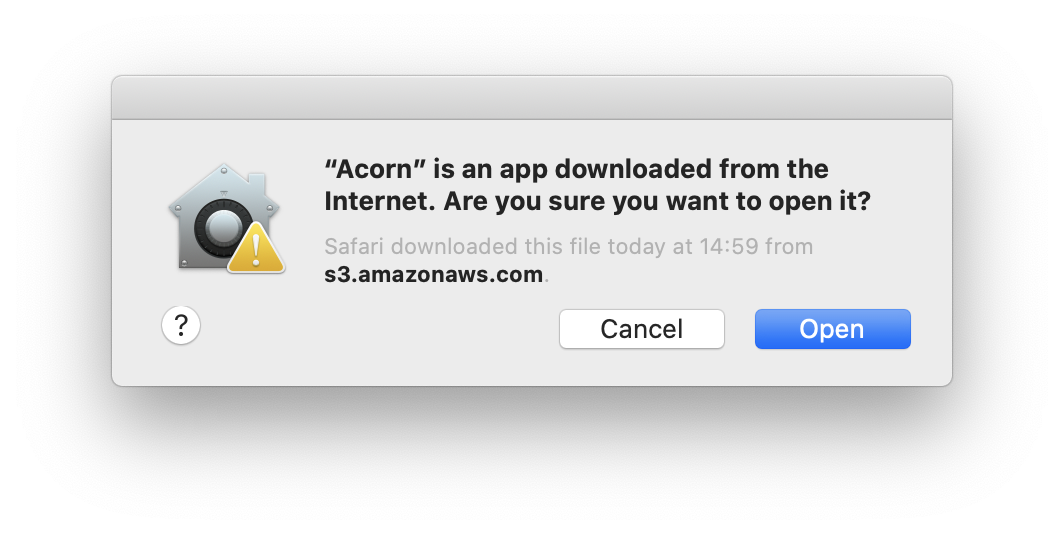

Even if you do block some of them, some users might get around this policy by using JavaScript commands to navigate to these pages regardless. While this has not proven to be foolproof – some domains still prompt for a user name and password – it seems to work more often than not. Now you can run the latest Google Chrome on OS X Mountain Lion 10.8.x. The chrome://settings and chrome://os-settings URLs should be considered part of the operating system for Chrome OS and part of the browser for Chrome and should never be blocked. $ defaults write AuthServerWhitelist "*., *., *."īy accessing chrome://policy, now, you can see the new domains in the policy setting. The app icon mask should be in alpha channel, as only the alpha channel of the image will be considered. URLs have the same restrictions as iconUrl.
#Will facebook send login alert for chrome on mac os x how to#
But how to change these policies?Īfter coming across this article, it appeared that changing the policy via the Terminal window would be the best – and possibly only – way to do this.Įnter the following line into Terminal, using comma-separated domains that you trust with your credentials (with or without wildcards), and press Enter. The app icon mask is not visible for Mac OS X users.

I found that the domains that would be sent IWA information are set in the AuthServerWhitelist policy. I was surprised at how difficult it was to find this information, given that Chrome is certainly one of the most widely-used browsers in the world, and also that it is commonplace to have Macs connecting to Windows domains.


 0 kommentar(er)
0 kommentar(er)
